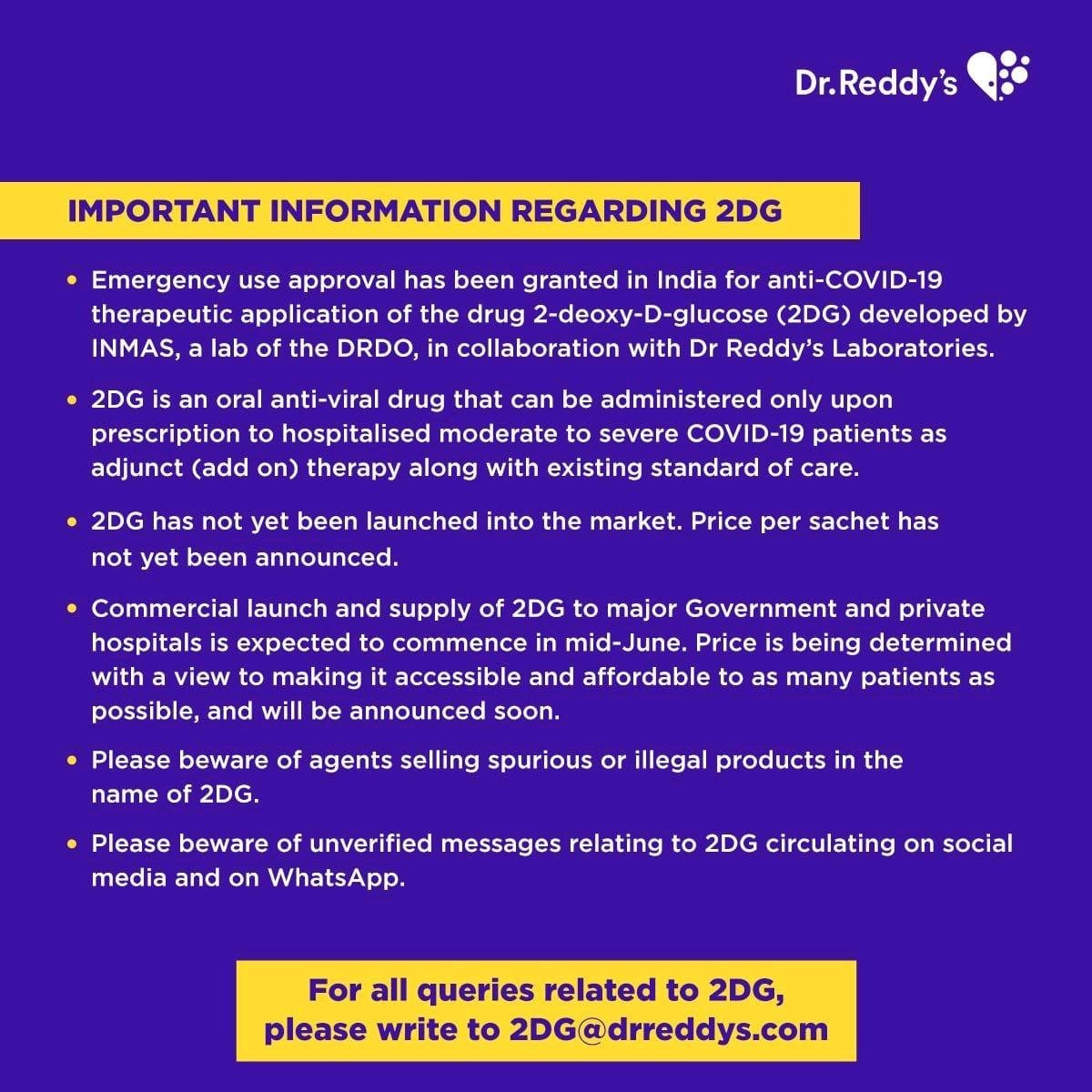This live session has now concluded, please return to Moneycontrol for more updates.
Coronavirus India News Live Updates: An increase by few a thousand new Covid-19 cases was seen in the country in the last 24 hours with 2,67,334 more people testing positive, said the Union health ministry on Wednesday. The number stood at 2,63,533 on Tuesday. With the addition of fresh infections, the cumulative caseload in the country has reached 2,54,96,330. India's daily spike has remained below 3 lakh for the third consecutive day. However, the death toll has seen a huge jump with 4,529 more people succumbing to the disease in the last 24 hours. This is the biggest jump in daily fatalities ever recorded in the country. The cumulative toll in the country now stands at 2,83,248, inching closer to the grim mark of 3 lakh. While the daily has seen a steady decline in the past week, the government said on Tuesday that children have been observed to be getting infected with Covid-19 and can be potential carriers of the disease. The government said that the covid-19 pandemic in India is shrinking as the country’s reproduction value (R) for covid-19 is below one now. R value shows the rate of infection spread. However, the government also cautioned that 98% of the population continues to be vulnerable.
This live session has now concluded, please return to Moneycontrol for more updates.
The cumulative number of COVID-19 vaccine doses administered in the country stands at 18,69,89,265 as per the 8 pm provisional report today. 5,27,067 beneficiaries of the age group 18-44 years received their first dose of COVID vaccine today and cumulatively 70,12,752 across 36 States/UTs since the start of Phase-3 of the vaccination drive.
The government has taken extraordinary steps to ramp up the production of O2 and transport. It was the hard work of lot of people that we were able to deal with the peak. The second wave took us by surprise, but we have responded very well. Now the supply-demand situation is much better, saysNITI Ayog Vice Chairman Rajiv Kumar.
Dr Reddy’s releases important information regarding drug 2-deoxy-D-glucose (2DG), developed by INMAS, a DRDO lab in collaboration with Dr. Reddy’s Laboratories

The number of recoveries continued to outnumber fresh COVID-19 cases in Karnataka,as the state on Wednesday reported 49,953 discharges, 34,281 newcases and 468 fatalities, the Health Department said.
Maharashtra reports 34,031 new COVID-19 cases, 51,457 recoveries and 594 deaths in the last 24 hours
Total cases 54,67,537
Total recoveries 49,78,937 (recovery rate 91.06%)
Death toll 84,371
Active cases 4,01,695
as per state government records.
Uttarakhand reports 4492 new COVID-19 cases, 7333 recoveries and 110 deaths in the last 24 hours; active cases at 73,172 as per state government records.
elangana registers 3837 new COVID-19 cases, 4976 recoveries and 25 fatalities today
Total cases 5,40,603
Total recoveries 4,90,620
Death toll 3037
as per state government records.
Mumbai records 1350 new COVID-19 cases, 4565 recoveries and 57 deaths in the last 24 hours
Active cases 29,643
Total cases 6,92,239
Death toll 14,409
Total recovered cases 6,46,163
as per state government records.
5,065 new COVID-19 cases, 88 deaths and 10,337 recoveries reported in Madhya Pradesh today.
Total cases 7,47,783
Death toll 7,227
Total recoveries 6,62,949
Active cases 77,607
as per state government records.
42 patients of Mucormycosis (black fungus) have been reported in AIIMS Rishikesh so far, including 2 patients who died & one discharges after treatment. Out of 39 patients undergoing treatment, 26 have undergone surgery: Harish Thapliyal, PRO, AIIMS- Rishikesh (ANI)
Karnataka reports 34,281 new COVID-19 cases, 49,953 discharges and 468 deaths in the last 24 hours
Total cases 23,06,655
Death toll 23,306
Total discharges 17,24,438
Active cases 5,58,890
as per state government records.